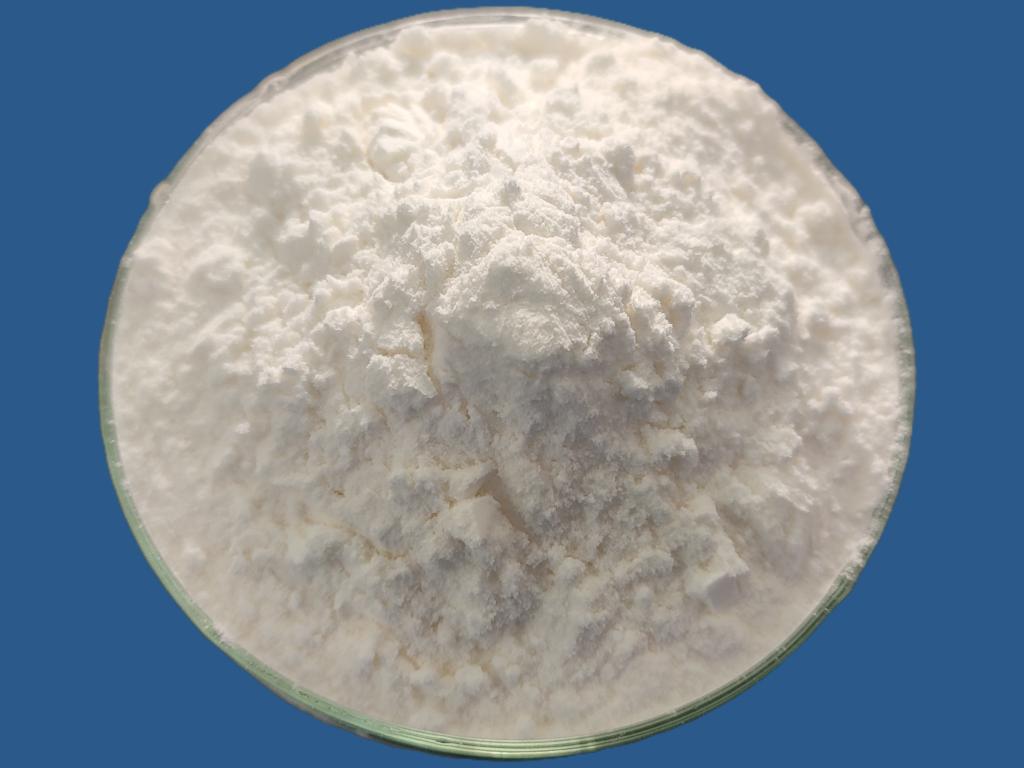Tel:+8618231198596

News
 CONTACT
CONTACT
 CONTACT
CONTACT
- Linkman:Linda Yao
- Tel: +8618231198596
- Email:linda.yao@dcpharma.cn
- Linkman:CHARLES.WANG
- Department:Overseas
- Tel: 0086 0311-85537378 0086 0311-85539701
News
Current Position:
Home >
News
>The widespread adoption of ε-Polylysine hydrochloride underscores its value.
The widespread adoption of ε-Polylysine hydrochloride underscores its value.
TIME:2024-03-29
Understanding ε-Polylysine Hydrochloride:
ε-Polylysine hydrochloride is a cationic homopolymer composed of lysine units linked by peptide bonds. It is produced through fermentation by certain strains of bacteria, notably Streptomyces albulus. This biopolymer possesses unique properties that make it an effective antimicrobial agent while being biodegradable, non-toxic, and water-soluble.
Applications Across Industries:
Food Industry:
Preservation: One of the primary applications of ε-Polylysine hydrochloride in the food industry is as a natural preservative. Its antimicrobial properties inhibit the growth of spoilage microorganisms and foodborne pathogens, extending the shelf life of various food products.
Food Safety: ε-Polylysine hydrochloride contributes to food safety by controlling the proliferation of pathogenic bacteria, thus reducing the risk of foodborne illnesses and ensuring consumer protection.
Pharmaceuticals:
Drug Stability: In pharmaceutical formulations, ε-Polylysine hydrochloride serves as a stabilizing agent, preserving the integrity and efficacy of drugs and biologics. Its antimicrobial properties help prevent microbial contamination and degradation of pharmaceutical products.
Controlled Release: ε-Polylysine hydrochloride is utilized in controlled release formulations, enabling sustained drug delivery and improved therapeutic outcomes. Its biocompatibility and biodegradability make it suitable for various drug delivery systems.
Cosmetics:
Product Stability: ε-Polylysine hydrochloride enhances the stability of cosmetic formulations by preventing microbial growth and oxidative degradation. It helps maintain product integrity, consistency, and sensory attributes, thereby prolonging shelf life and enhancing consumer satisfaction.
Preservation of Active Ingredients: In cosmetics, ε-Polylysine hydrochloride protects sensitive active ingredients from degradation, ensuring their potency and efficacy over time. It contributes to the preservation of product quality and performance.
Factors Driving Widespread Adoption:
Natural Origin: As a naturally derived ingredient, ε-Polylysine hydrochloride aligns with consumer preferences for clean-label and eco-friendly products. Its natural origin enhances brand appeal and marketability, driving its adoption across industries seeking sustainable solutions.
Safety Profile: ε-Polylysine hydrochloride is Generally Recognized as Safe (GRAS) by regulatory authorities, making it suitable for use in food, pharmaceuticals, and cosmetics. Its non-toxicity and biodegradability contribute to its widespread acceptance and adoption as an antimicrobial agent.
Efficacy: The broad-spectrum antimicrobial activity of ε-Polylysine hydrochloride, coupled with its stability-enhancing properties, makes it a reliable choice for product preservation and safety. Its effectiveness against a wide range of microorganisms ensures product integrity and consumer protection.
Regulatory Approval: Regulatory approval for ε-Polylysine hydrochloride varies across industries and regions, but its established safety profile facilitates its acceptance and adoption in diverse applications. Compliance with safety standards and labeling regulations is essential to ensure consumer safety and regulatory compliance.
Benefits and Implications:
Enhanced Product Safety: The use of ε-Polylysine hydrochloride ensures product safety by inhibiting microbial growth and contamination in food, pharmaceuticals, and cosmetics. Its antimicrobial properties contribute to consumer protection and public health.
Extended Shelf Life: ε-Polylysine hydrochloride extends the shelf life of products by preserving their quality, stability, and efficacy. By preventing microbial spoilage and degradation, it minimizes product wastage and enhances economic efficiency for manufacturers and consumers alike.
Sustainable Solutions: As a natural and biodegradable antimicrobial agent, ε-Polylysine hydrochloride supports sustainability initiatives in various industries. Its eco-friendly profile aligns with the growing demand for green and environmentally responsible products.
Challenges and Considerations:
Formulation Optimization: Achieving optimal stability and efficacy in formulations containing ε-Polylysine hydrochloride requires careful formulation optimization. Factors such as pH, compatibility with other ingredients, and processing conditions must be considered to maximize its performance.
Regulatory Compliance: Regulatory requirements for ε-Polylysine hydrochloride may vary across industries and regions, necessitating compliance with safety standards, labeling regulations, and toxicological assessments to ensure consumer safety and market access.
Consumer Perception: Educating consumers about the benefits and safety of ε-Polylysine hydrochloride is essential to address potential concerns or misconceptions. Transparent labeling and clear communication regarding its natural origin and functionality can help build trust and confidence among consumers.
Future Directions:
Research and Innovation: Continued research into the properties, applications, and potential benefits of ε-Polylysine hydrochloride is essential for unlocking its full potential and addressing existing challenges. Research efforts should focus on formulation optimization, efficacy testing, and safety evaluations to support its broader adoption across industries.
Collaboration and Partnerships: Collaboration among researchers, industry stakeholders, regulatory agencies, and consumer advocacy groups can facilitate knowledge exchange, technology transfer, and regulatory harmonization efforts related to ε-Polylysine hydrochloride.
Market Expansion: Exploring new market opportunities and product applications for ε-Polylysine hydrochloride can diversify its usage and create new opportunities for innovation and growth. Market expansion efforts should focus on identifying unmet needs and addressing emerging challenges in diverse industries seeking antimicrobial solutions.
Conclusion:
The widespread adoption of ε-Polylysine hydrochloride underscores its value as a versatile antimicrobial agent with applications spanning across food, pharmaceuticals, cosmetics, and other industries. Its natural origin, safety profile, efficacy, and sustainability make it a preferred choice for product preservation, safety, and stability. As industries continue to prioritize natural and sustainable solutions, ε-Polylysine hydrochloride holds promise as a multifaceted antimicrobial agent that addresses evolving needs and challenges in diverse applications. Through collaborative research, innovation, and market development efforts, ε-Polylysine hydrochloride can contribute to the advancement of safer, more resilient, and environmentally responsible products for consumers worldwide.
- Tel:+8618231198596
- Whatsapp:18231198596
- Chat With Skype







